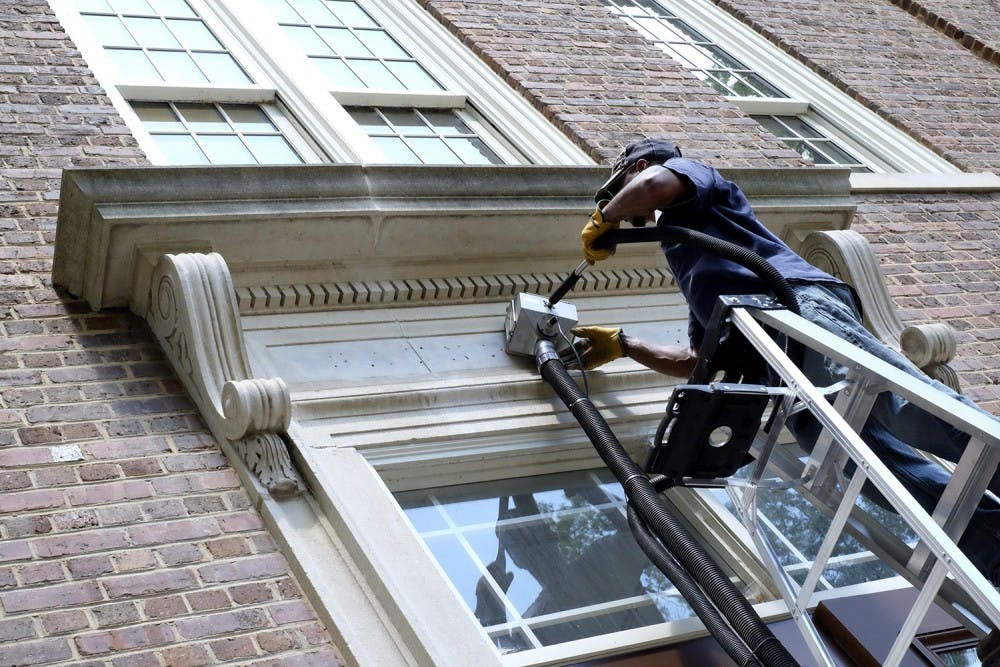The University of Wisconsin-Madison is planning a public history project that will address the university’s racist history. The project aims to give a voice to those on campus who have historically been suppressed.
An investigative report on the university’s student organizations after the events in Charlottesville, Va. in August 2017 found two student organizations called The Ku Klux Klan that existed in the early 1900s.
One of the groups was associated with the national organization of the KKK, and the other was an inter-fraternity society unaffiliated with any larger group, Chancellor Rebecca Blank said in a statement April 19.
At the time of their existence, the student organizations were generally accepted on campus and were part of a pervasive culture of racial discrimination.
“It offers explicit, painful, shameful examples of the campus community’s treatment of Black and Jewish students, and of Native Americans, who in this era were entirely excluded from the student body,” the statement said.
Two former members of the inter-fraternity society called the Ku Klux Klan have spaces on campus named after them. Stephen Kantrowitz, a history professor at UW-Madison, said while doing research, he and his colleagues decided not to rename the spaces right away.
“The place we landed was that if we began by saying our job is to determine which names to scrub from which buildings, that that would probably be the beginning and the end of what we could do,” Kantrowitz said.
Fitz Brundage, a history professor at UNC, said buildings named after people with racist or white supremacist associations can take a toll on students of color and students from marginalized communities — and UNC students are no exception.
“It’s a reminder that you’re here now, but you wouldn’t have been here in the past, and this is a space that you’ve only recently been allowed into,” he said. “To me, Silent Sam is a monument that performs that function every day for any student of color who walks by it.”



